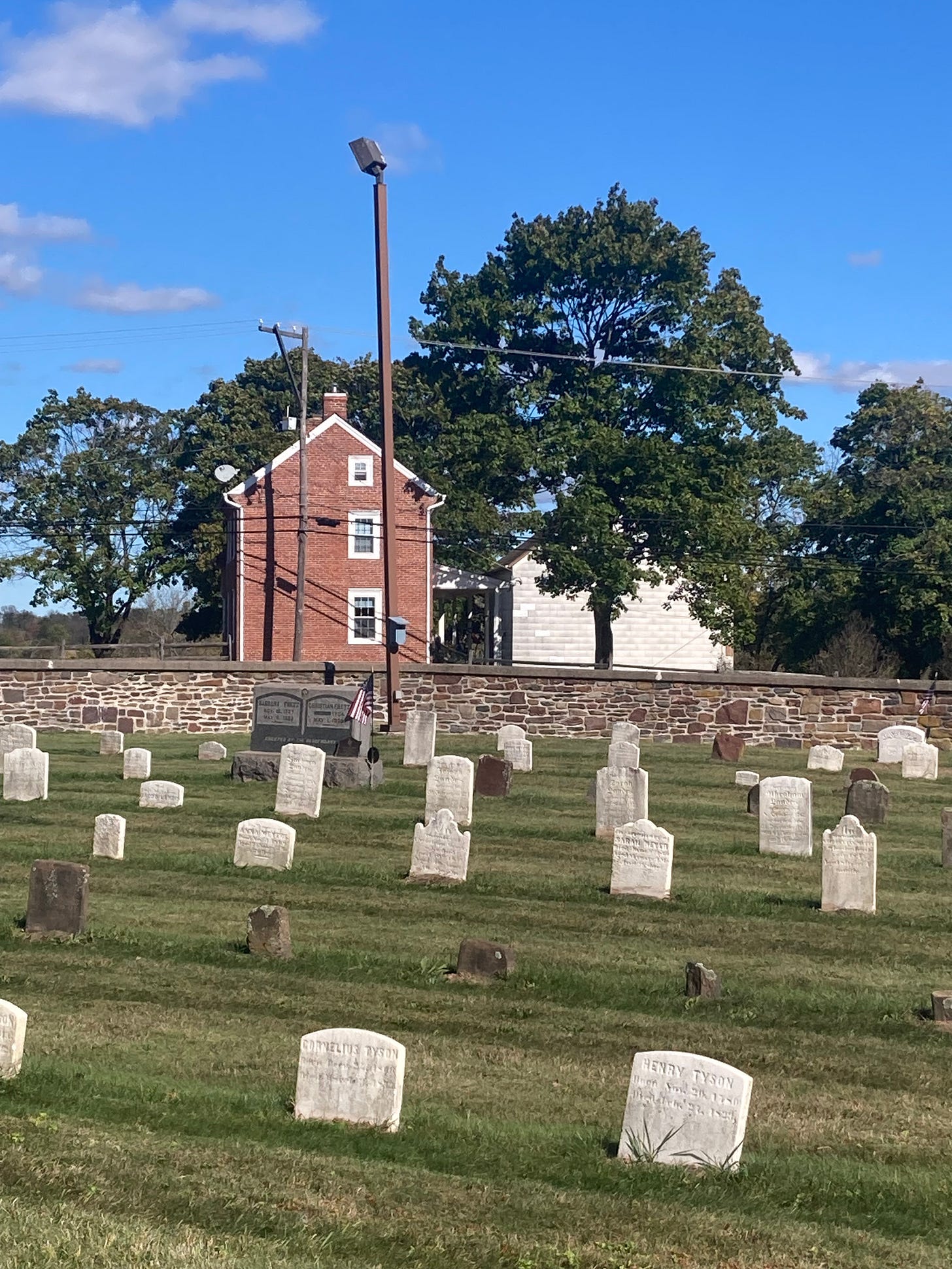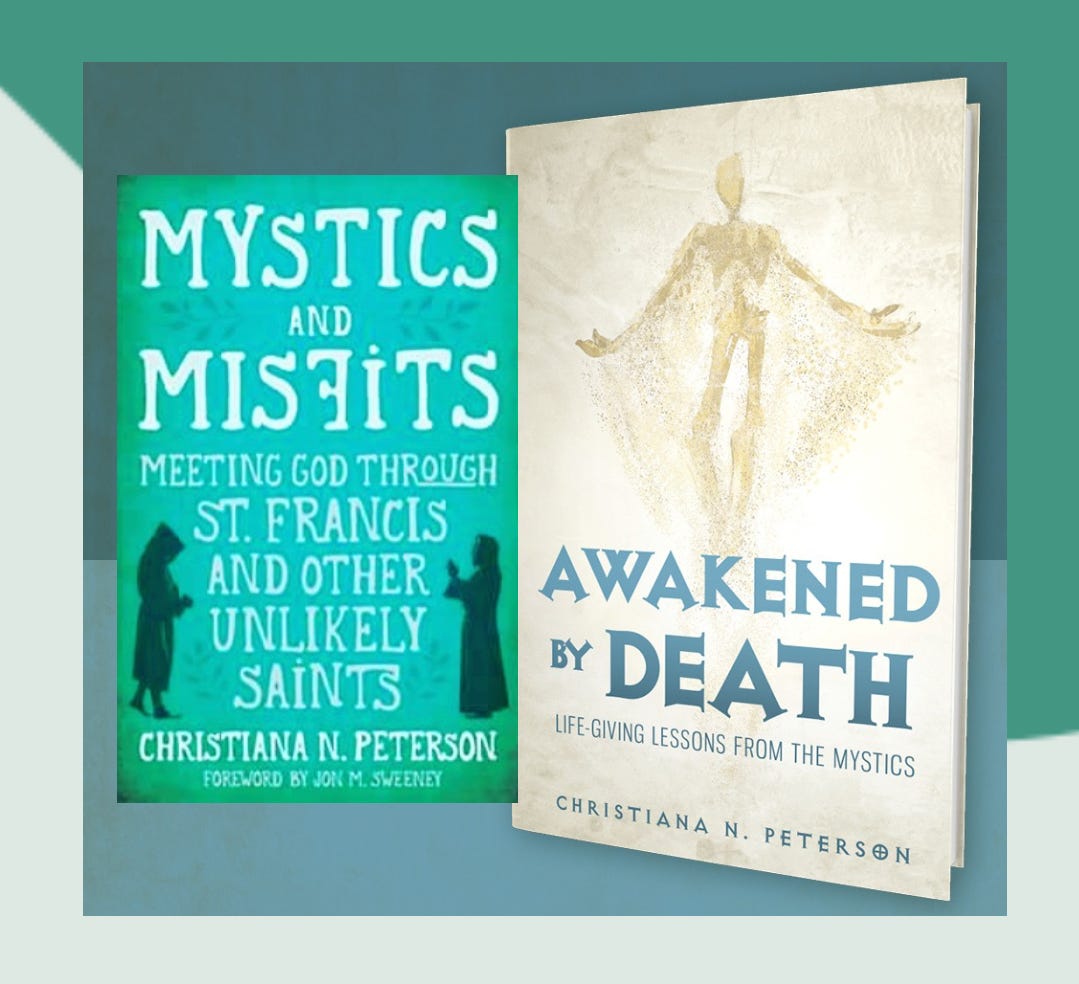The view from my window
Microscopic tears, brain stress, Coldplay, and the aftermath of a disaster
In my middle age, I’ve been known to search the internet.
For things like how to live well, to mitigate the aches and pains of my forties, to eat better for my age and my anxiety.
And the online experts have all the advice for a woman of a certain age.
Fasting can cure your anxiety. Getting your feet in the grass every morning can help your circadian rhythms (most of these gurus omit what to do in a Midwestern winter morning when the ground is covered with snow). Ten minutes of mediation a day. Drink green tea. Phones out of the bedroom. Sunlight on your eyes. Eat Vegan. Actually Keto. No no, Keto is bad for you. Try the Mediterranean diet. Drink red wine. Nope, any alcohol will make you die young. Get your hands in the dirt. Grow your own food. Eat lab-grown meat.
Recently, I heard a podcast about how to keep your middle aged brain from getting stuck. Or how to boost the neurochemicals in your brain. One piece of advice was to change your situation. Get a new job. Take a trip. Make a move.

If you don’t know yet, we’ve recently made a huge move. Taking our four kids to a new school, new church, and new state.
When you decide to make a move, you think about all the ways things will be challenging. You try to prepare your children for grief and yourself for discomfort and inconvenience. But changing your brain chemistry doesn’t just happen in theory, beforehand. It happens because we are doing something that stresses the parts of ourselves that we try not to stress out on a daily basis.
Our brains and bodies are stressed from trying to make new friends and learn lots of new people’s names. From new jobs and new work spaces. From finding our way around new winding roads, new routes to schools, and new grocery stores. From navigating a two different living situations within a few months.
This is largely the good kind of stress, when we have lots of resources and help.
It’s similar to going to the gym and lifting weights. What you are actually doing is stressing your body and creating microscopic tears in your muscles. Your body reacts to these tiny injuries by repairing them and building stronger muscles.
These stresses to our brains can actually make us stronger and more resilient. At least that is the hope.
I stand up to take a break from writing this and I have to limp for a few steps to shake out the pain in my hip. I’m guessing these new pains are not the same as those helpful microscopic tears to build new muscles. They are a result of age and sitting too much at my writing desk.
I run my fingers through my thinning hair and no longer wonder why many women cut their hair short as they age. I look at pictures on my fridge from when my husband and I first met and I don’t recognize the young woman in the picture.
It reminds me that all the positive stress in the world, all the new whirring of my brain, all the resilience and strength we are building will not actually keep me from aging. And, well, dying.
Now at this point, you might be thinking: How does Christiana always bring it back around to death? Death, death, death?
Well, let me tell you, friends. Besides the fact that it is almost Halloween, All Souls’ Day, All Saints’ Day, and the anniversary of my book Awakened By Death (shameful plug), I have to tell you what this move has brought to me:
A new point of view.
I’m not just talking metaphorically here. I’m speaking of a literal change of scenery.
Our family recently moved into the patronage across from the church where my husband is a new pastor. Our bedroom window looks out onto the parking lot of the church and do you know what else is there?
A cemetery.
That’s right, folks. I finally did it! There is a cemetery out my bedroom window.
When sit at my desk facing the window or lay in our hammock on the porch, the white headstones, lined up neatly, facing east, are visible through the fence posts.
A new point of view, indeed.
I just listened to an interview with Chris Martin of the band Coldplay. In the interview, he reflects on the landscape of his music. How his band made an album in the wake of 9/11 to respond and ground their music in the realities of the pain of the human experience. Their song Everyday Life from that album is one of my favorites:
What in the world are we going to do/Look at what everybody’s going through…
How in the world am I going to see/you as my brother not my enemy…
Everyone hurts/Everyone cries
Everyone sees the colors in each other’s eyes…
You’ve gotta hold tight for everyday life.
After that album in the early 2000s their music can feel lighter and more idealistic. But Martin says that the grounding in reality helped them to see that the pain in life requires a different response. Instead of the warring, the meanness, the hatred and division, the best response to the pain in life is to love each other.
His message is one of hope that comes in response to suffering. It is one of the great paradoxes of life. Hope and pain. Stress and strength. Life and death.
That is what I see across the street from our bedroom. Situated as we are in a beautiful home that was fixed up for us, with a wrap-around porch and trees good for climbing; a barn made for chickens and space for our kids to run and play and explore the creek. We hold together a new season and a good good life right there across the street from the realities of death.
Sometimes there is no answer for pain and disaster and death. My friend Amy Peterson (no relation) just wrote a beautiful and poignant post about living in the aftermath of the hurricane in Asheville. She talks about the ways people work to mend and repair even in the midst of such trauma.
She says, “With or without climate change, there aren’t safe places on earth. I know this. I know this is what it means to live in a damaged world.
We talked at that conference about what it would look like for churches to be hubs of resilience in a damaged world. I think about that, and about what it means to choose repair over damage, love over convenience.”
Our churches have the capacity to be agents of repair in the world. After all, isn’t our hope in a God who brings reconciliation to all of creation?
I also believe that the artists and mystics of the world can give us a vision of that mending, a new perspective. A change of scenery. Much better than the internet gurus who are just hoping to make a buck off of us. It is a mending born from broken things. The paradox of stress and resilience. A way to make space for the mysteries inherent in a full life across the street from a cemetery.
I’ll leave you with some lyrics from Coldplay’s new song We Pray. It encapsulates grief, pain, and hope and all that we pray for the world. And it is a prayer for the people affected by hurricanes, war, disease, and death.
And so we pray
For some shelter and some records to play…
And so we pray
We’ll be singing Baraye
Pray that we make it to the end of the day
And so we pray
I know somewhere that heaven is waiting.
I know somewhere there’s something amazing
I know somewhere we’ll feel no pain.
Pray that we make it to the end of the day
Mischief:
Speaking of being middle aged
Speaking of artists
My books:
Mystics and Misfits: Meeting God Through St. Francis and Other Unlikely Saints




Thank you for your continued honesty - - always an encouragement!